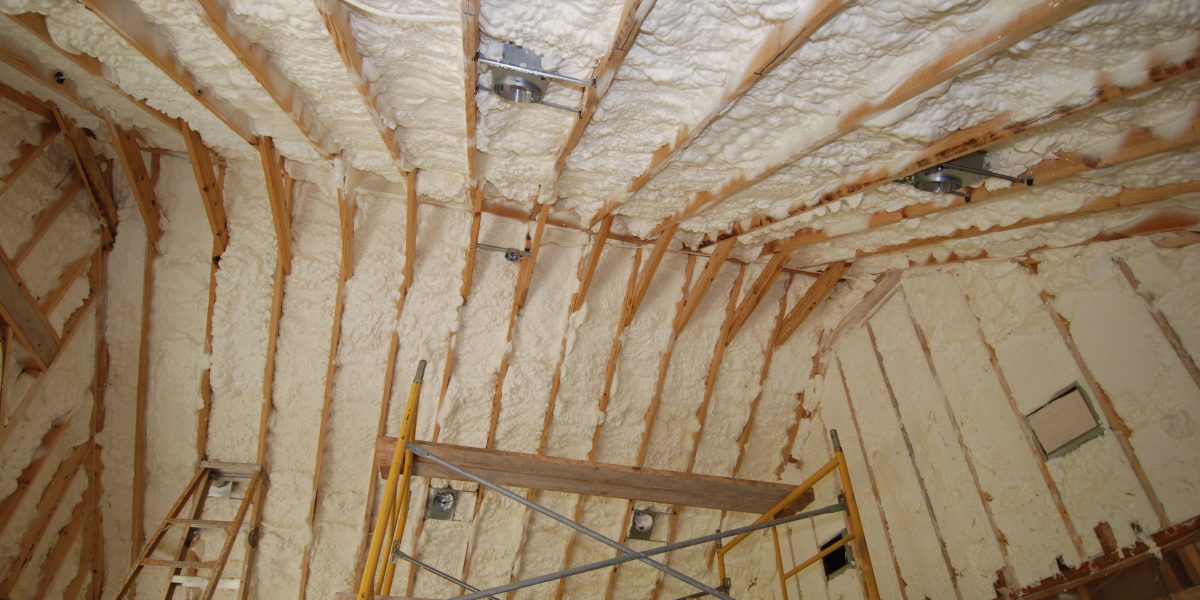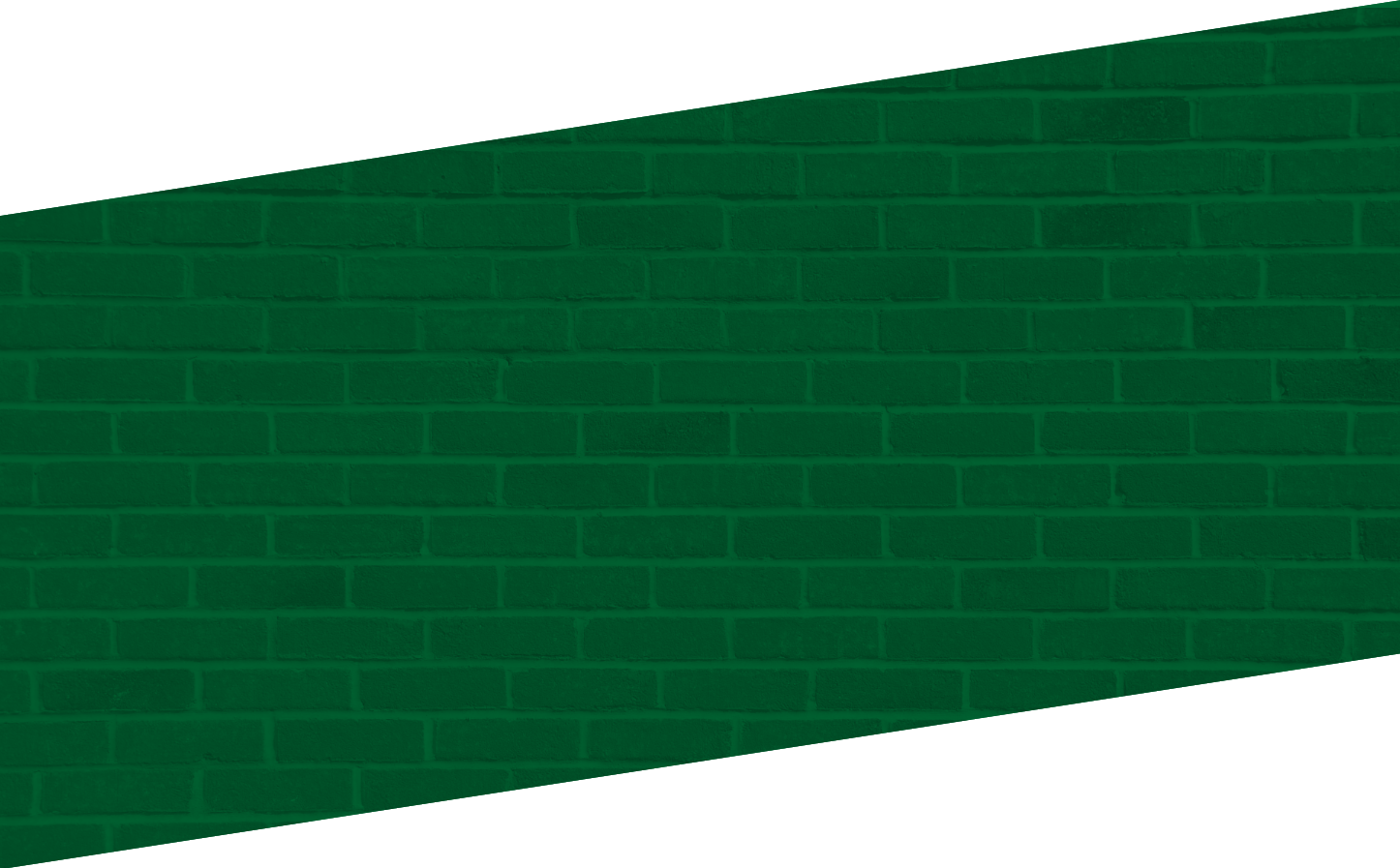Choosing Insulation
Air that leaks through your home’s envelope – the outer walls, windows, doors, and other openings – wastes lots of energy and increases your utility costs. A well-sealed envelope, coupled with the right amount of insulation, can make a real difference on your utility bills.
Each insulation material has its own set of performance characteristics, including R-value, resistance to air, and vapor flow. These characteristics affect how the insulation will perform in a particular home. Understanding the characteristics of different materials is critical to selecting the right insulation for an efficient, eco-friendly home.
Selecting Insulation When selecting insulation, four primary factors should be taken into consideration:- Performance (including R-value per inch, air permeability, and cost)
- Installation method and quality
- Material Characteristics
- Costs
R-Value of Insulation is the capacity of an insulating material to resist heat flow. The higher the R-value, the greater the insulating power. The R-Value per inch rating for different materials is determined by a set of laboratory tests. However the performance of a particular insulation in a building component is affected as much by the quality of the installation and the completeness of the air barrier as by the rated R-value.
Insulation works by limiting heat transmission through the properties of the insulating material and its thickness. When insulation is compressed, it reduces the rated-R value as the thickness is reduced, although the R-value per inch may in fact slightly increase from reduced convection within the insulation material. This characteristic is analogous to the insulation value of a down coat—it insulates better when it is thick and fluffy than when it is compressed. Air Permeability is the measure of air or moisture flow through a material or assembly. For insulation to properly perform, air must not be allowed to move through it. Insulation is described as either air-impermeable—meaning that the material itself does not allow air to pass through it—or air-permeable—meaning air is allowed to pass through. Foam insulation is the only commonly available product that is air-impermeable. All air-permeable insulation materials must be combined with air-impermeable materials into a complete air barrier system for maximum performance. Vapor Permanence in building materials, including insulation, is categorized in one of four ways: impermeable, semi-impermeable, semi-permeable, and permeable. Each of these categories describes how much water vapor is allowed to pass through the material. Although we tend to avoid vapor barriers (materials that are rated at 0.1 perm or lower, such as sheet polyethylene) in wall assemblies, closed-cell foam or other vapor-impermeable insulation may be an appropriate choice where there is a risk of moisture condensing on cold surfaces. Vapor impermeable insulation is beneficial when applied to floors in air-conditioned spaces over damp crawl spaces or roofs and walls in extreme cold climates.R-value
Insulation's R-value is a measure of the material's ability to resist heat conduction. The higher the R-value, the better the insulation will perform.

TYPES OF INSULATION
open-cell spray foam
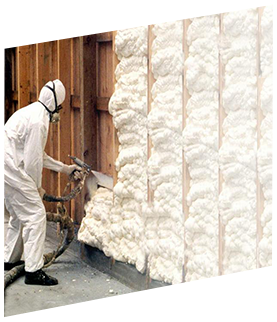
description
Air that leaks through your home’s envelope – the outer walls, windows, doors, and other openings – wastes lots of energy and increases your utility costs. A well-sealed envelope, coupled with the right amount of insulation, can make a real difference on your utility bills.
Best Uses
Open wall cavities
unfinished attic floors
Attic ceiling and roof deck between rafters
Closed-cell spray foam
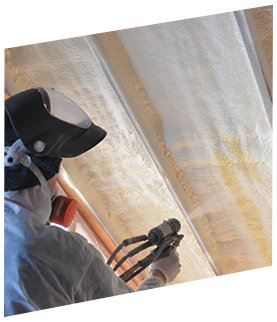
description
Air that leaks through your home’s envelope – the outer walls, windows, doors, and other openings – wastes lots of energy and increases your utility costs. A well-sealed envelope, coupled with the right amount of insulation, can make a real difference on your utility bills.
Best Uses
Open wall cavities
unfinished attic floors
Attic ceiling and roof deck between rafters
FiberGlass Insulation
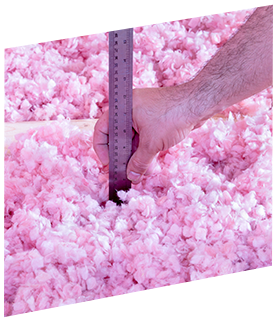
description
Air that leaks through your home’s envelope – the outer walls, windows, doors, and other openings – wastes lots of energy and increases your utility costs. A well-sealed envelope, coupled with the right amount of insulation, can make a real difference on your utility bills.
Best Uses
Open wall cavities
unfinished attic floors
Attic ceiling and roof deck between rafters

